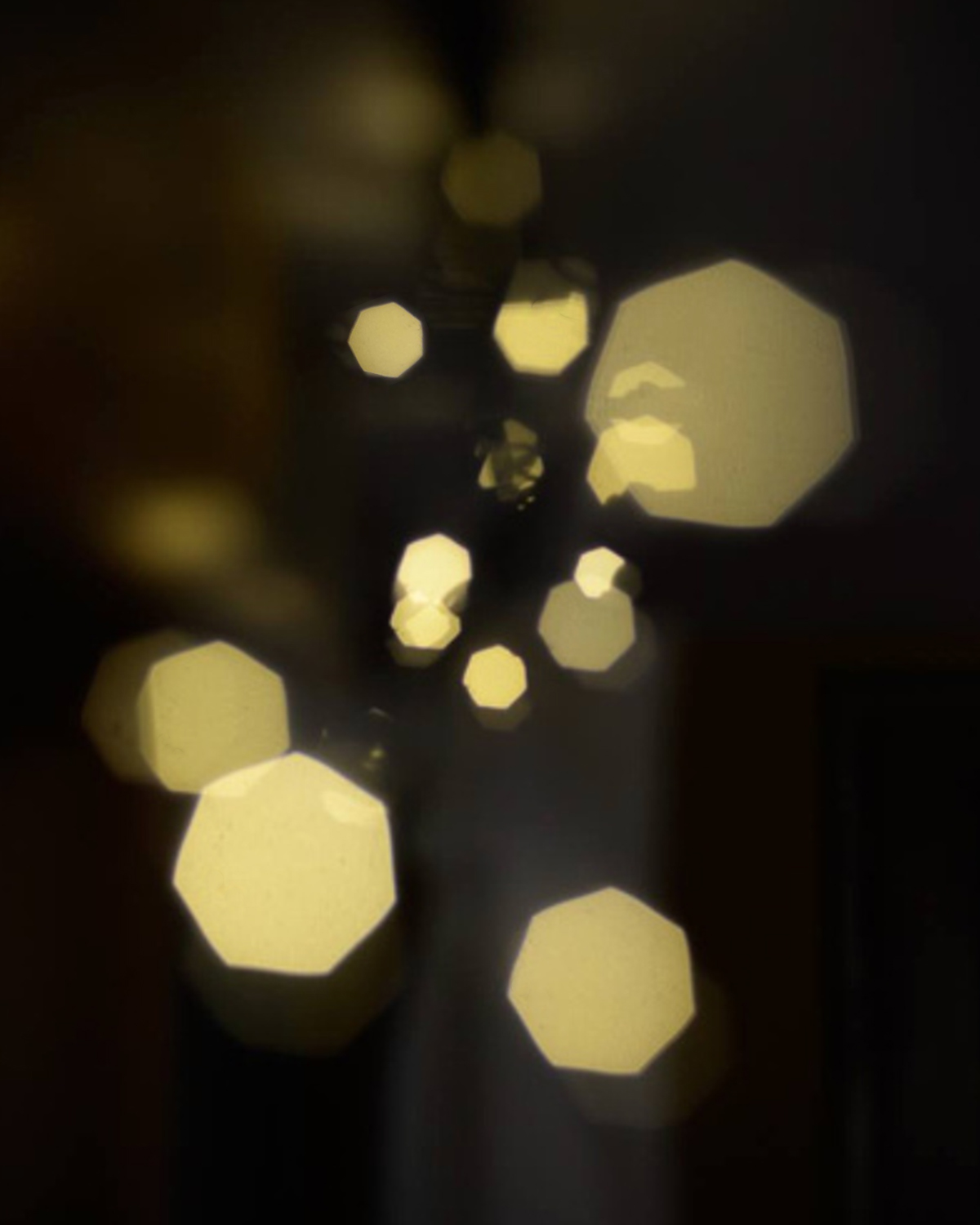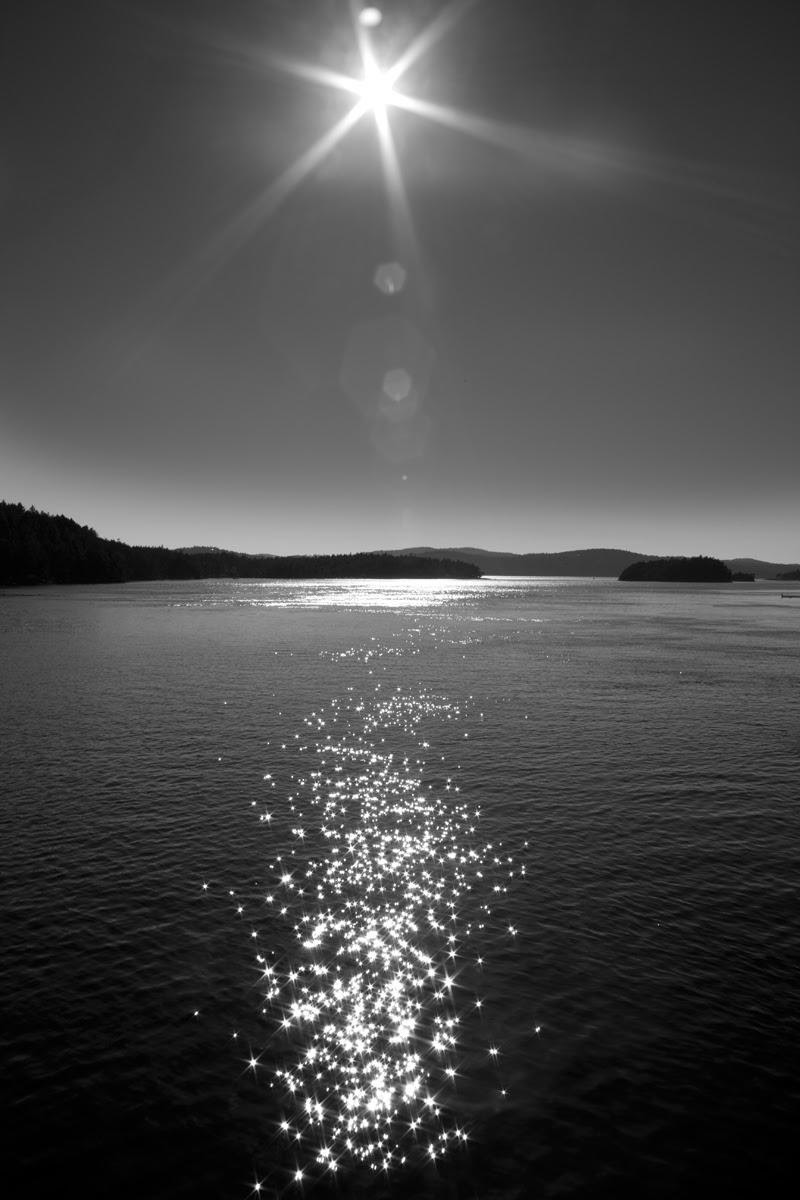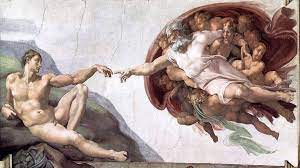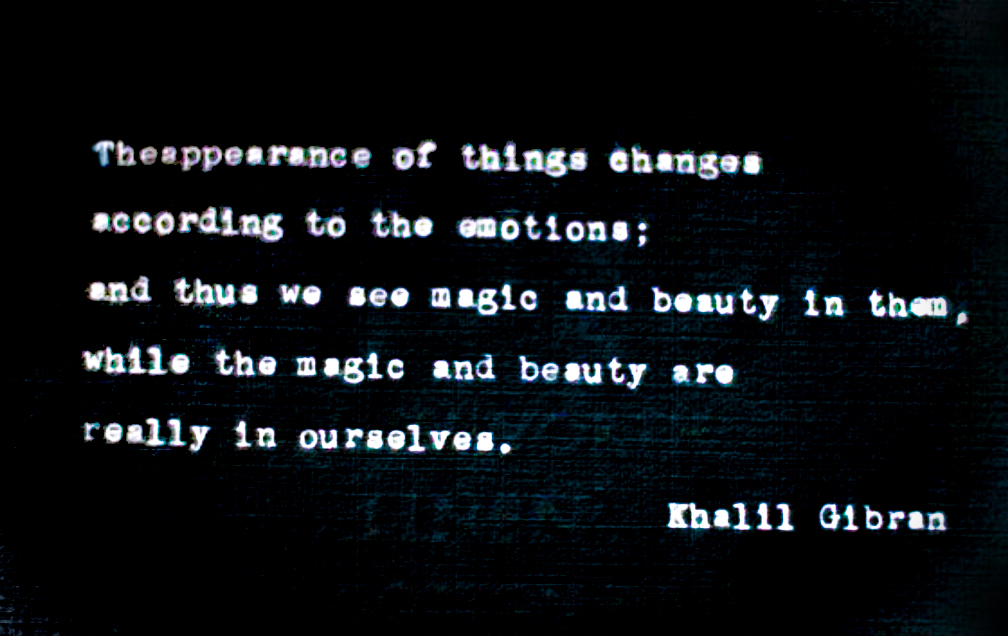
What is Creativity?
In Latin there are three different ways of describing creativity:
Creatio Ex Nihilo
Creatio Ex Deo
Creatio Ex Materia
These terms mean Creation from Nothing, Creation from God, and Creation from Existing Materials. The first two are restricted to the realm of deities and the divine while the third describes what we mere mortals can create on our own.
Historically the act of creation from nothing is told through the creation myths from within each culture. In the western world the story of Genesis in the bible is a creatio ex nihilo story.
Human creativity starts with the concept of divine inspiration or a gift from the God(s). Authors speak of how the story writes itself when they are visited by the muses. Artist will talk about sublime beauty and how the painting is made by their brush and God’s hand. Much in our culture has defined creativity as coming from somewhere beyond ourselves as a spiritual gift that is bestowed upon us.

The image above that I photographed on water showing the sun as a starburst being broken into specular highlights on the water is the closest I could come to express the idea of the divine creation of the universe from nothing. The multiple specular highlights on the water remind me that the sun is one of many stars in the universe and that all of our life needs start from the heat generated across the cosmos.
I think that the traditional idea of creatio ex deo tends to leave most of us with the perspective that we are either gifted and talented as artist or we aren’t. Perhaps this is why so few photographers are willing to talk openly about creativity. Most photographers I have met will say something to the effect that they picked up the camera because they couldn’t draw. The photographer has a drive to create but often lacks the confidence in their natural talents to be creative. This is unfortunate.

Research shows that most creativity is socialized out of us during our education and upbringing. Children are able to tap into their imaginations and enjoy the act of drawing; especially if it doesn’t involve staying inside of the lines. Unfortunately, western society favored a literacy that was based upon written language, mathematics, and science, and very little room or encouragement was left for the visual arts.
I used to love to make drawings. In middle school I even created illustrations for a public television show that were used as part of a book review segment. By the time I reached high school my parents refused to let me take any art classes. I took Calculus, Physics, Chemistry, and German. I lost my ability to draw and did what many frustrated creatives who had lost touch with their natural drawing abilities, I grabbed a camera instead and found a release for that creative energy from its ability to write with light.
The other problem I have with adopting an attitude that creativity has to come from a “God given talent” or inspiration is that this tends to leave us feeling like we need to have inspiration prior to starting any creative project.

I have witnessed far too many unsuccessful artist who were waiting for a creative spark that never came. This is what has motivated me to research creativity further and to discover the process for generating creativity that is not dependent upon divine inspiration. It turns out that the fastest path towards generating creativity is to not wait for inspiration but rather focus on the process of doing the work. Making a lot of work leads to creative insight and further inspiration.
In fact there is a simple step by step process for generating new creative ideas. I will go more in depth on this in future posts but essentially it involves understanding that creativity is the rearranging of existing elements into new combinations. It is the Creatio Ex Materia where the greatest amount human creativity is found that is accessible to everyone if they can only ask the simple question of, “I wonder what this would look like if…”
